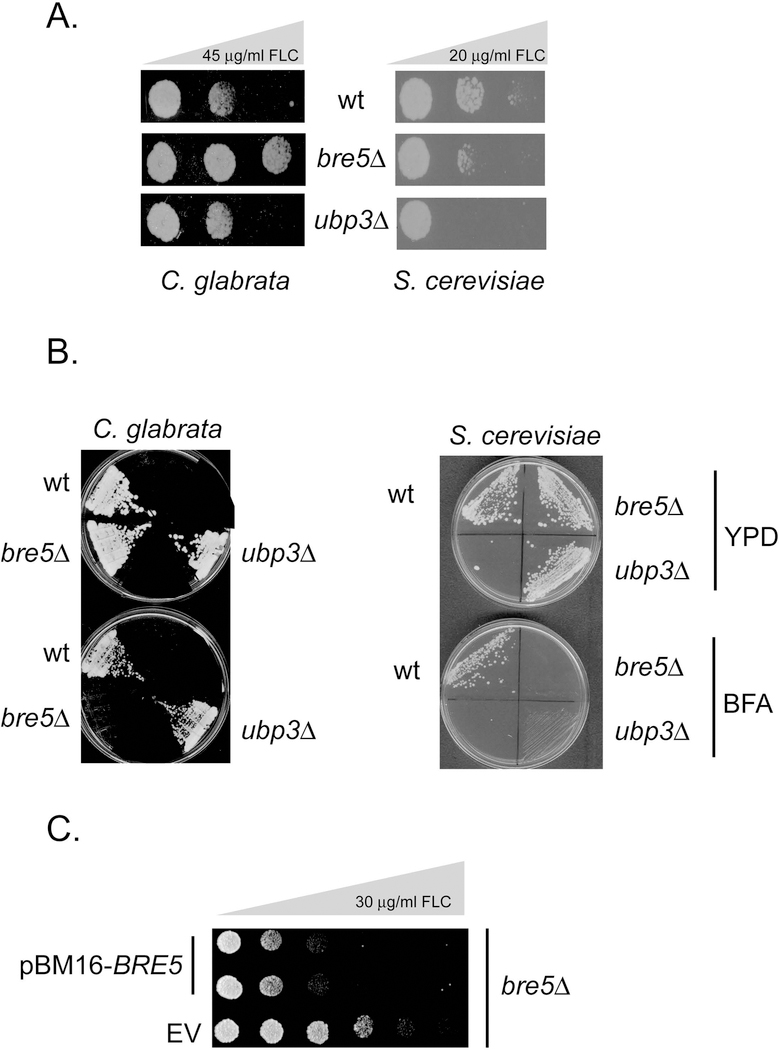Figure 1. Phenotypic analysis of BRE5 and UBP3 in C. glabrata and S. cerevisiae.
A. Isogenic C. glabrata (left side) or S. cerevisiae (right side) strains containing the indicated alleles of BRE5 and UBP3 were grown to mid-log phase and then 1000 cells/spot placed on rich medium containing gradients of fluconazole (FLC). The maximum concentration of FLC is noted at the top of each panel with increasing drug concentration indicated by the bar of increasing width. B. The same strains from above were streaked on rich medium (YPD) or this same medium containing 250 μg/ml brefeldin A (BFA). C. Complementation of drug resistant phenotype of a bre5Δ null. A low-copy-number plasmid (pBM16 (Zordan et al., 2013)) was used as an empty vector (EV) or a full-length BRE5-containing plasmid (pBM16-BRE5) and transformed into a bre5Δ strain. Transformants were grown to mid-log phase and spotted onto YPD medium containing 50 μg/ml nourseothricin (selectable marker in pBM16) and a gradient of fluconazole as indicated. Plates were incubated at 30° C and then photographed.

